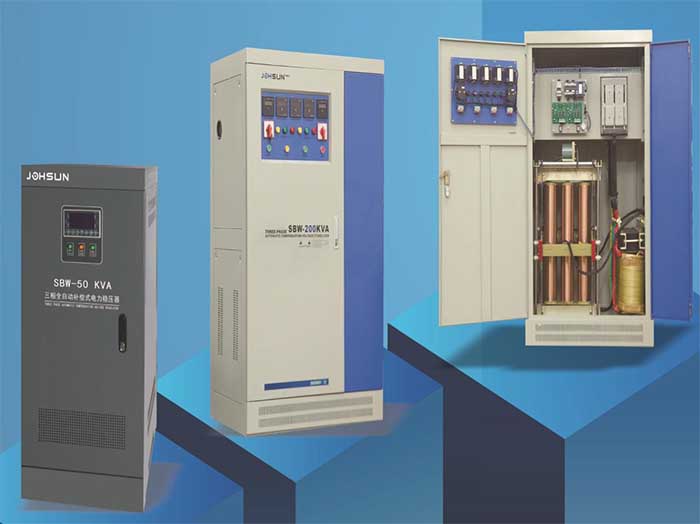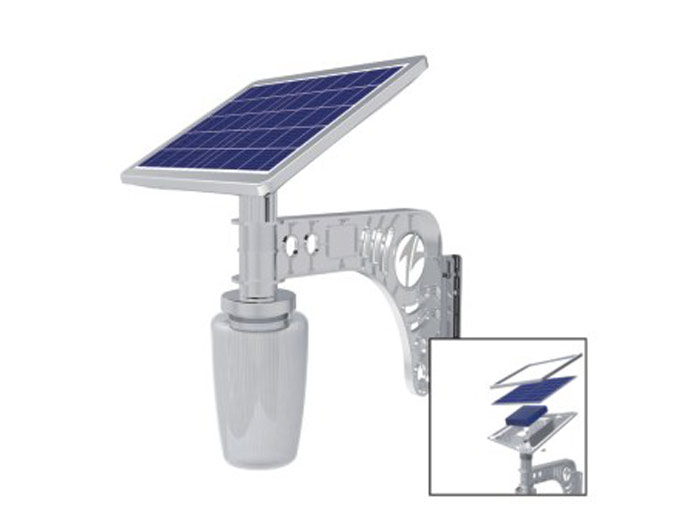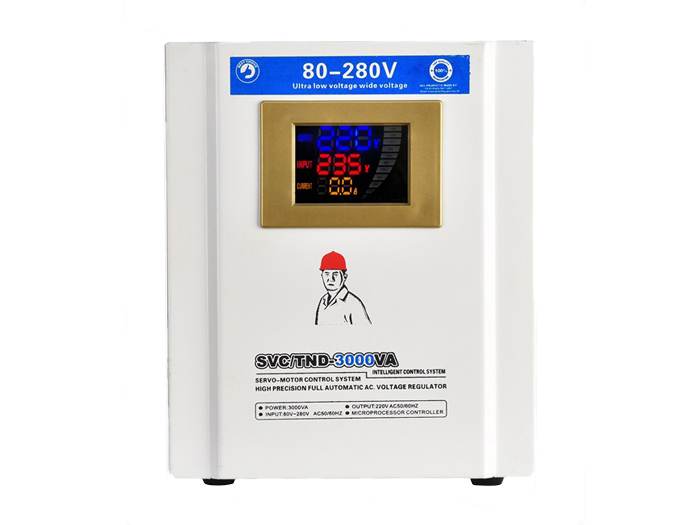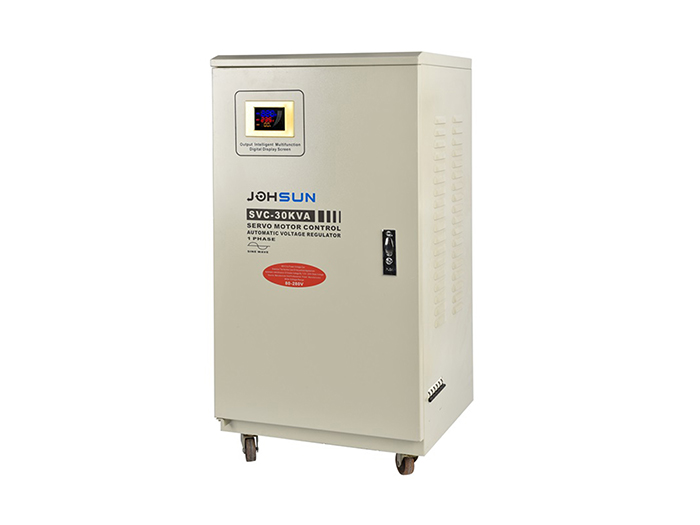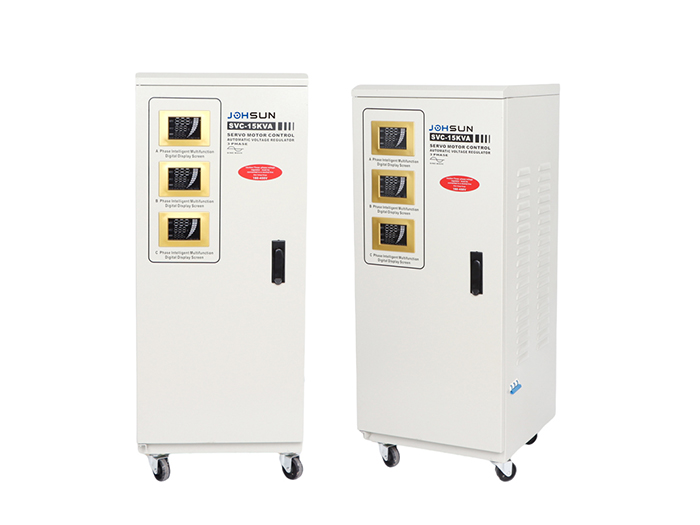How do I select a voltage stabilizer for my house?
Voltage stabilizers play a crucial role in ensuring the dependable operation of electrical and electromechanical devices. They are indispensable components that guarantee consistent input voltage, which is vital for the optimal performance of electronic systems.

Voltage Stabilizer Selection Guide
How to Choose a Voltage Stabilizer: 6 Factors to Consider
1. Capacity:
The first step is to determine the capacity of the voltage stabilizer you need, which is based on the total power consumption of your electrical appliances and their individual power ratings. Make sure to choose a voltage stabilizer that can handle the maximum power requirement of all your appliances combined.
2. Voltage range:
Check the operating voltage range of your locality. Choose a voltage stabilizer that can regulate the voltage within this range, which will protect your devices from voltage fluctuations and ensure their effective functioning.
3. Type of stabilizer:
There are two types of voltage stabilizers - automatic voltage regulators (AVRs) and servo stabilizers. AVRs are suitable for small loads and offer limited voltage regulation, while servo stabilizers use an advanced mechanism to regulate voltage with high accuracy and stability, making them suitable for a wide range of loads.
4. Device Sensitivity:
Highly sensitive devices such as smartphones, wireless devices, and battery-powered medical equipment may require a specific regulator to reduce noise. See Using LDOs to Minimize Power Noise for more information.
5. Response Time:
For applications that require a fast response time such as graphics cards, televisions, computers, printers and embedded systems, specialty voltage regulators are available with fast response times.
6. Power Draw:
When using a linear voltage regulator, the difference between the input voltage and the output voltage is lost by converting it to heat. When power consumption is low, the heat generated is most likely not an issue. However, depending on the application, if the current drawn gets high enough, the amount of heat generated might become a problem. The above-mentioned option of using a switching regulator instead of a linear regulator is one possible solution. You can also use a heatsink to stay within the optimal temperature range.
For this article
We will assume that you live in India and your household voltage is 230 VAC. To get the maximum power output, first, multiply 230 by the maximum rated current for each electrical device you own (in amps) and add 20-25% for buffer.
You should figure out the power requirements of the devices which will be connected to the stabilizer. This includes knowing how much power each device draws. You’ll also need to think about the appliances’ power factor (0.8 is normal).
Overall
By considering these factors, you can select a suitable and reliable voltage stabilizer for your house. It is important to choose a high-quality product that can effectively regulate voltage and protect your appliances from damage due to voltage fluctuations.


